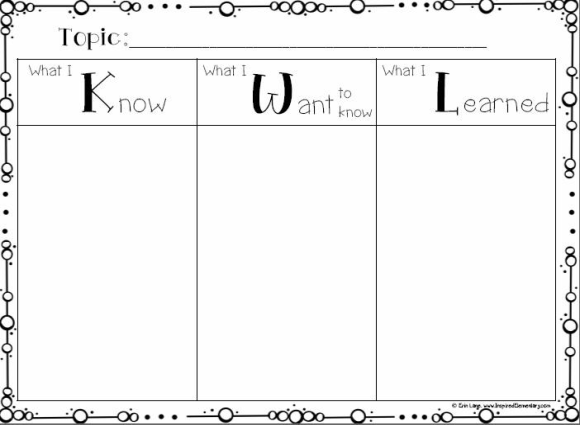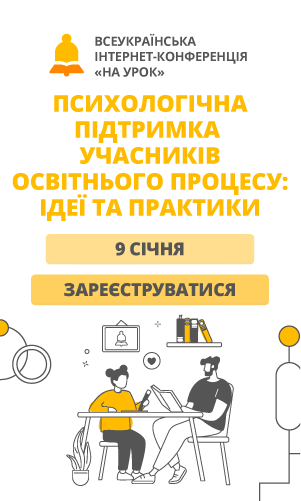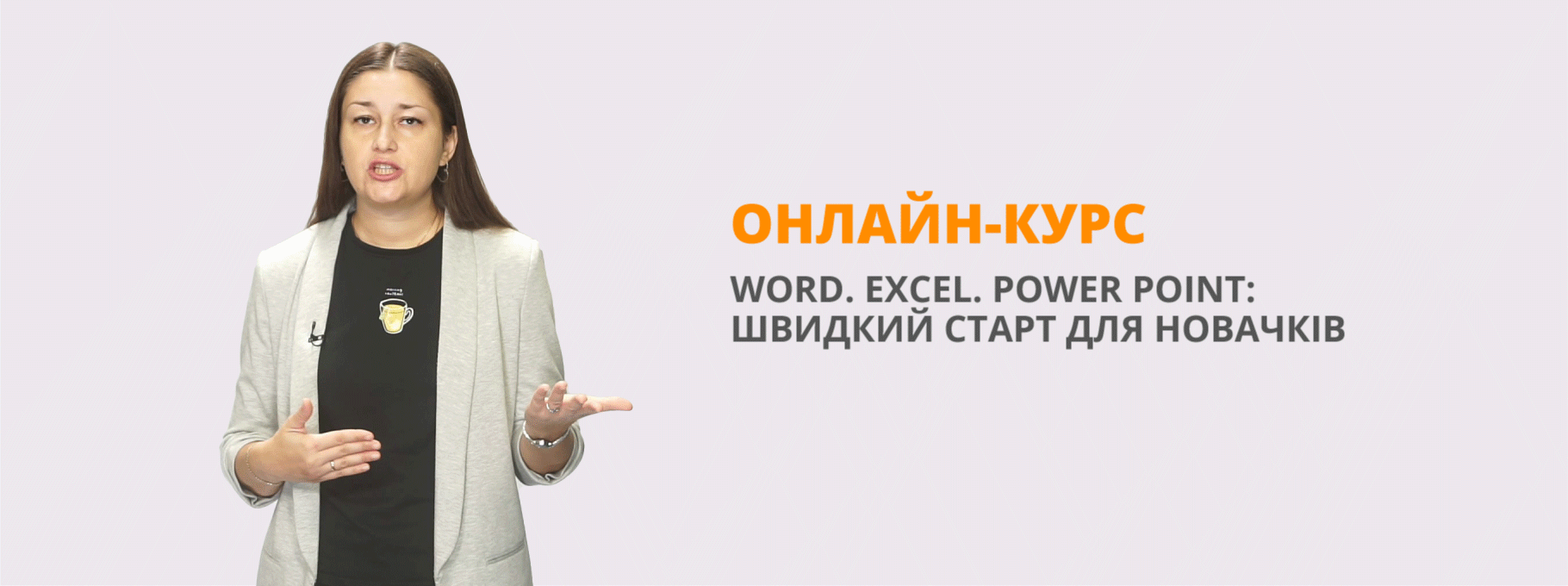Урок "Англія. Національні символи, свята та традиції."
Даний урок є уроком з розвитку аудіювання та говоріння з використанням елементів технології критичного мислення. Мета уроку - поглибити знання учнів про традиції та звичаї Англії, розвивати соціокультурну та соціологічну компетенцію в учнів, виховувати повагу до іншої культури та традиції. Урок формування та вдосконалення вмінь та навичок.
1
Вчитель: Громова Василина Василівна
Клас: 9
Дата: 21.03.2018
Тема: Англія. Національні символи, свята та традиції.
Learning Outcomes:
- To broaden student’s knowledge about the UK, its traditions, culture, geographical position and places of interest;
- to practice in using the topic words and expressions in speech;
- to develop skills in listening to the text ignoring unknown words;
- to develop reading skills;
- to do creative exercises connected with the texts of reading and listening;
- to revise grammar “Present Simple” connected with the topic;
- to train students’ habits in group work;
- to practice students in critical thinking;
- to cultivate aesthetic tastes, awareness and respect to the world culture;
- to enhance cognitive abilities and memory.
- To bring up the interest to the United Kingdom.
Equipment: cards for group work, video materials, handouts.
PROCEDURE
- Greeting
T: Good afternoon, boys and girls. Sit down, please. Today we will have an unusual lesson, because we'll speak about Holidays, Traditions and Customs of the English-speaking countries. Besides, there are too many guests today in our class-room, that's why let's show them our language skills.
The topic of our lesson today is "Variety of English Traditions". You'll listen to the students’ mind maps about British traditions, watch the videos and have some funny competitions.
- Aims
T: Today we are going to work in two groups.
By the end of the lesson you will be able to:
• use words and word-combinations when speaking on the topic;
• identify the main idea and details from the texts for reading and listening;
• work in groups; make up the sentences and draw the word maps on the topic.
- Warming up
- Word Map
Teacher: Draw the word map. Write the vocabulary word in the center circle. Read the explanation from the dictionary. You have to write your own explanation. Make up the sentences with this word and draw the picture too. Display your posters in class and present the word.
The UK, monarchy.
UK [ju͟ː ke͟ɪ]
N-PROPER: the N
The UK is Great Britain and Northern Ireland. UK is an abbreviation for `United Kingdom'.
Monarchy ['mɔnəki]
1) noun (pl. monarchies) [mass noun] a form of government with a monarch at the head
2) [count noun] a state that has a monarch
3) (the monarchy) the monarch and royal family of a country
• The monarchy is the focus of loyalty and service.
- KWL Board
T: You have already worked with the topic “Great Britain”, you know some facts about this country. So, let’s tell me what you know about the UK and what you want to know about this land. Write some questions.
Teacher: What city is the capital of Great Britain?
What places of interest are there in London?
Where is the United Kingdom of Great Britain and Northern Ireland situated?
What are the most popular holidays in Great Britain?
KWL Board

- Listening
T: Listen to the text and find out the main symbols of the UK. Work with the table and make up the sentences using the main words.
- Check – on homework
T: You have worked with the mind maps at home. Display your maps and retell the Information about holidays and traditions in Great Britain.
T: Well done!
And now let’s check how attentive you are. Complete the sentences.
- They say ghosts and witches come out on… (Halloween)
- There are only six… (or bank holidays) a year in Great Britain, the days on which people need not to go to work. (public holidays)
- The most popular emblem of Easter is … (the Easter egg)
- In churches people sing … –special religious songs. (Christmas carols)
- The afternoon tea drinking tradition is at… o’clock. (at 17:00)
- Tea with… is called “Russian tea”. (lemon)
- Grammar Review
T: Watch the video “The Daily Routine of the Queen”, read each sentence with a missing word. Choose the correct word form, use the Simple Present Tense.
- Listening
T: Listen to the text “Eight Facts about the UK”, make up the sentences and write them on the paper pieces. Then read your sentences.
- The United Kingdom
countries and Northern Ireland
- 49 million people
London Capital
- Constitutional Monarchy
Queen Elizabeth II head of state
- Legal for kids over 5 years old
only at home
- Sports golf boxing cricket
Literature Charles Dickens W. Shakespeare
J.K. Rowling
Conquering the World The USA Canada
Hong Kong India Australia
- Margaret Thatcher The Iron Lady
First woman prime minister Nickname
- Industrial revolution in Great Britain
World’s first industrialized nation
- Close political cultural military and economical
relationships the USA
- Summing –up
T: Look at your table, please. You have to complete the table with the facts that are new for you. Write down new facts about the UK that you like the most.
New information
- When is Halloween?
- How people decorate the houses on Halloween?
- When is Christmas Day in England?
- Which holidays are public holidays?
- What is the most popular emblem of Easter?
- What is a Parade at Easter?
- Is Christmas the main public holiday in Britain?
- Which is one of the well-known carols in Britain?
- What means tea for English people?
- How many cups of tea drink Englishmen?
- What is a traditional tea?
- What people eat with tea?
- What does it mean “high tea”?
T: We have done all work. What did we do at this lesson?
What did you like most of all?
- Home task
T: Do exercises 9, 10 on pages 95-96 in your workbooks. Good bye!
Посилання на ютюб джерела
https://www.youtube.com/watch?v=Fq4PeRFyAyg
https://www.youtube.com/watch?v=E1k0t3j2s6Y
https://www.youtube.com/watch?v=ZuXACPrJNHw


про публікацію авторської розробки
Додати розробку
